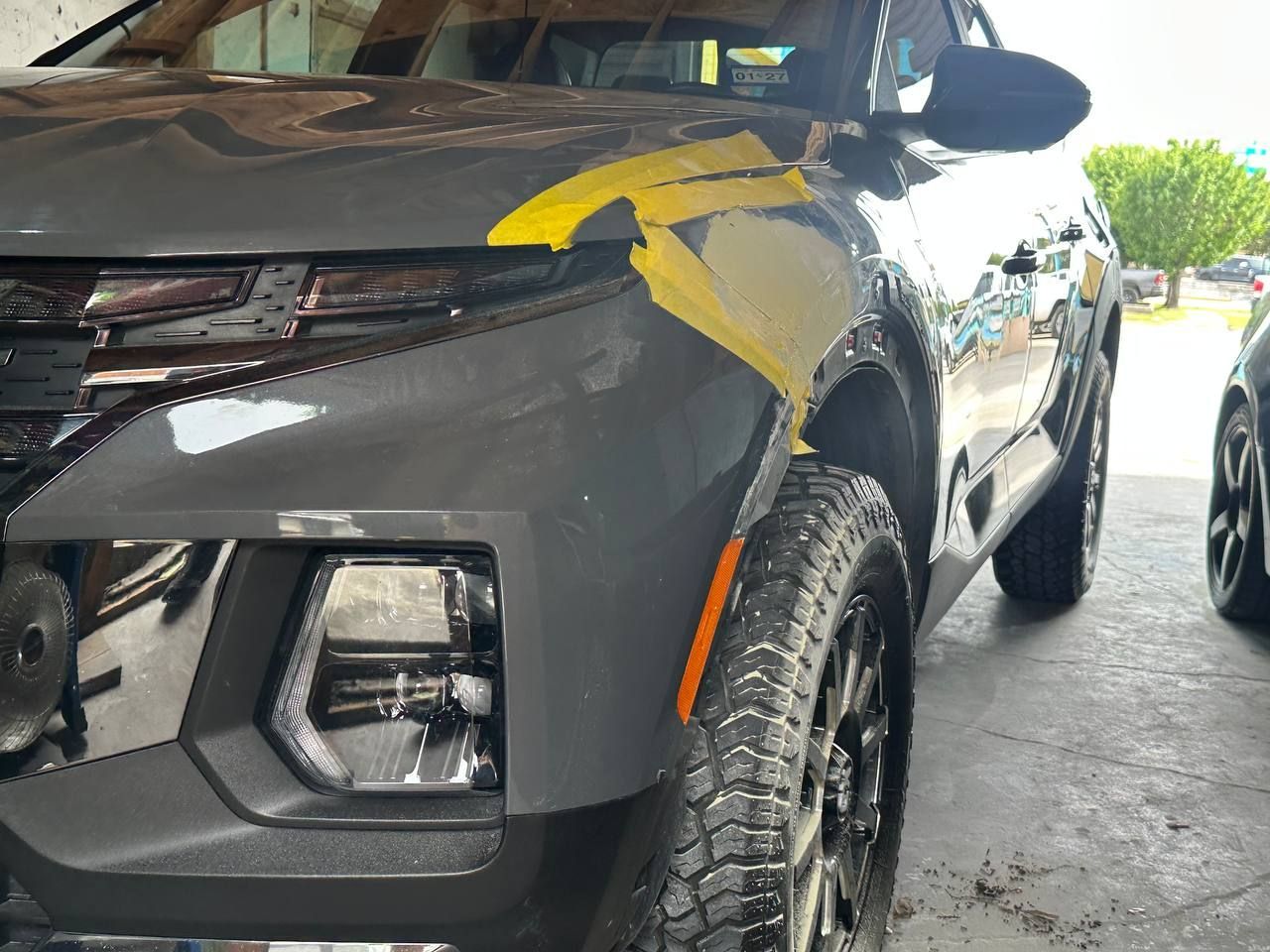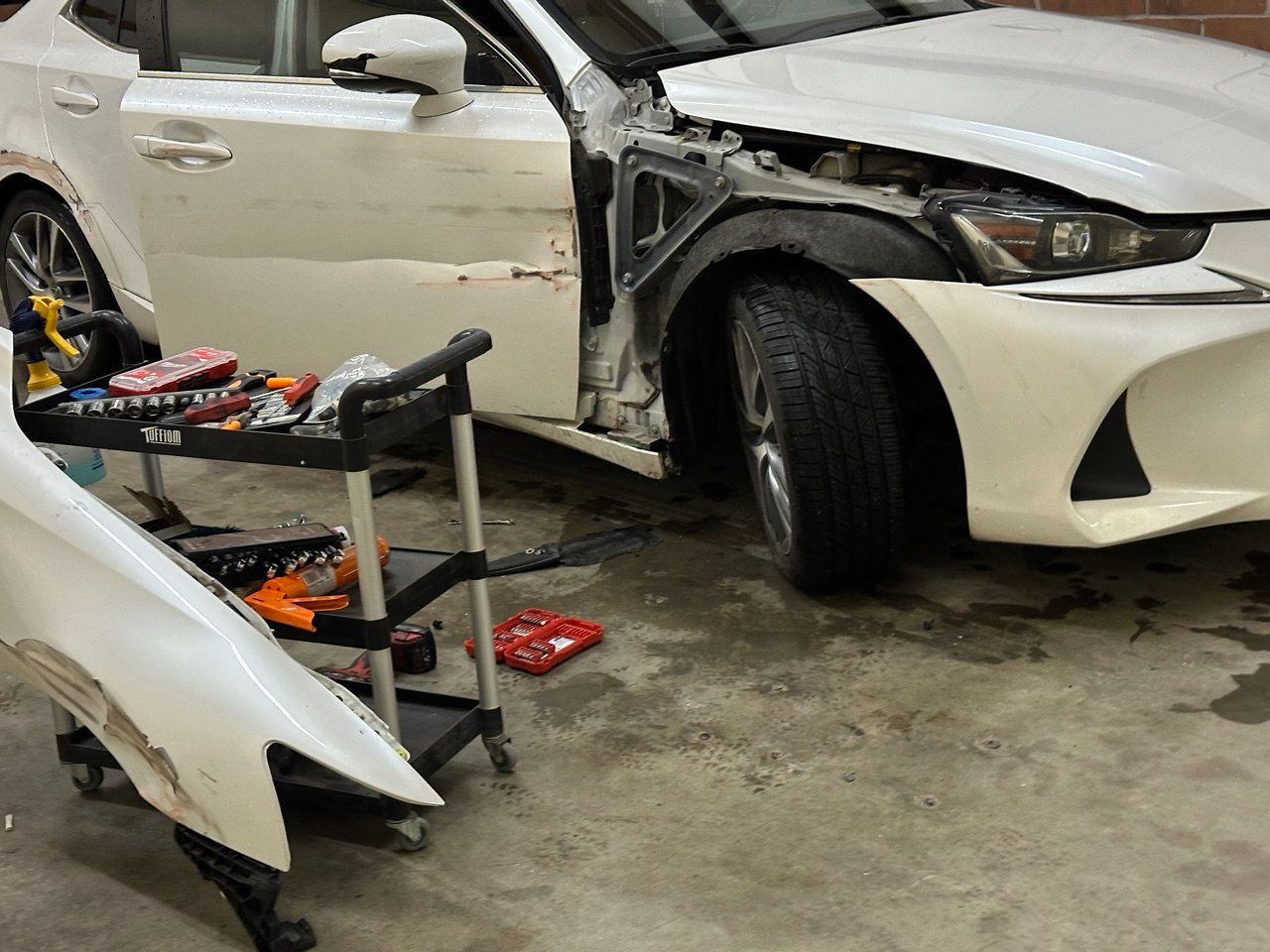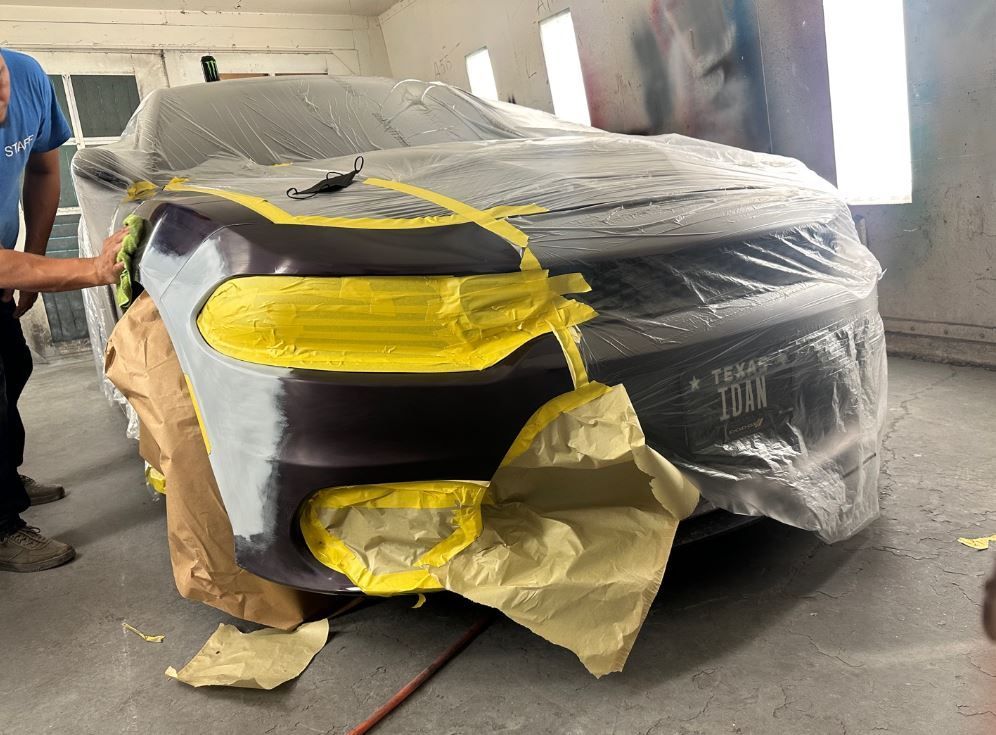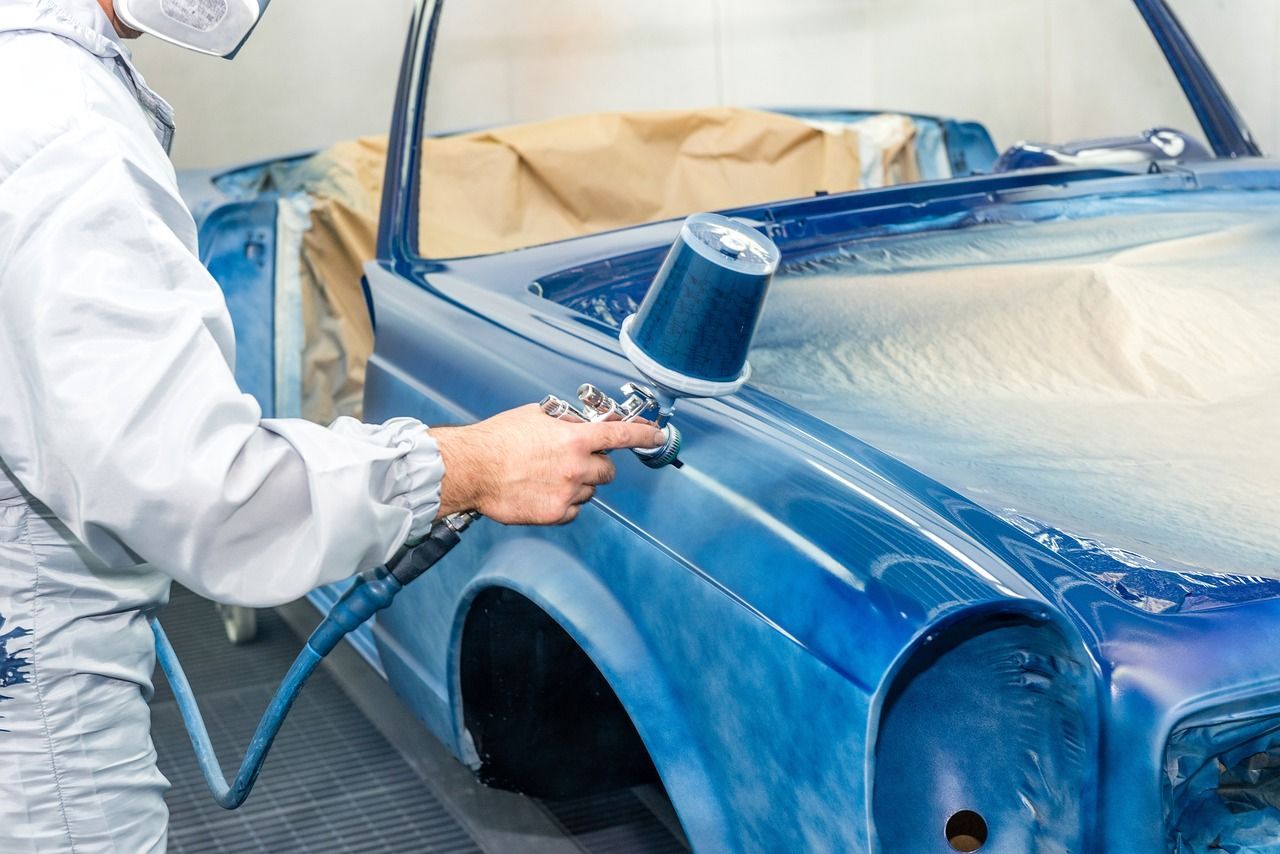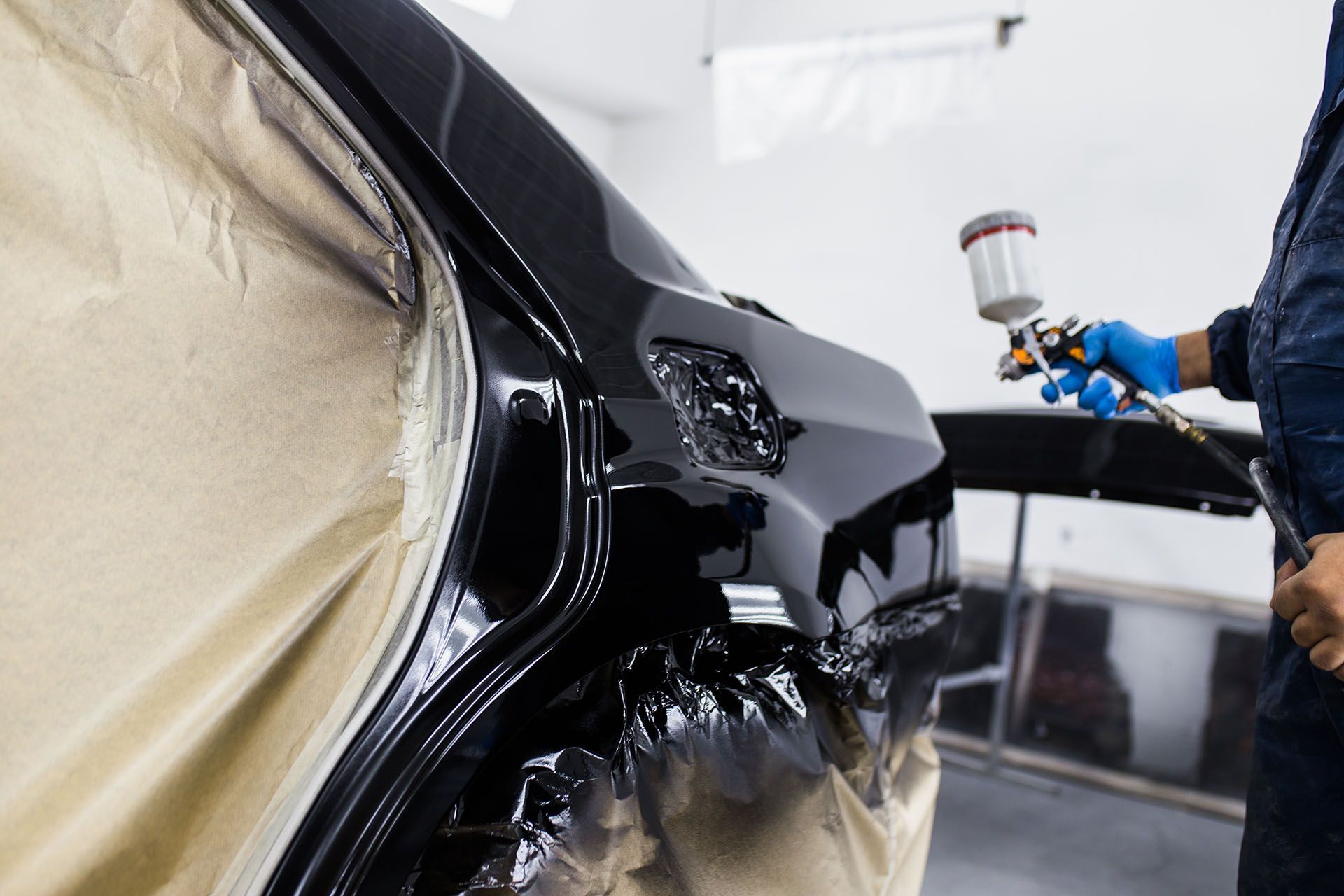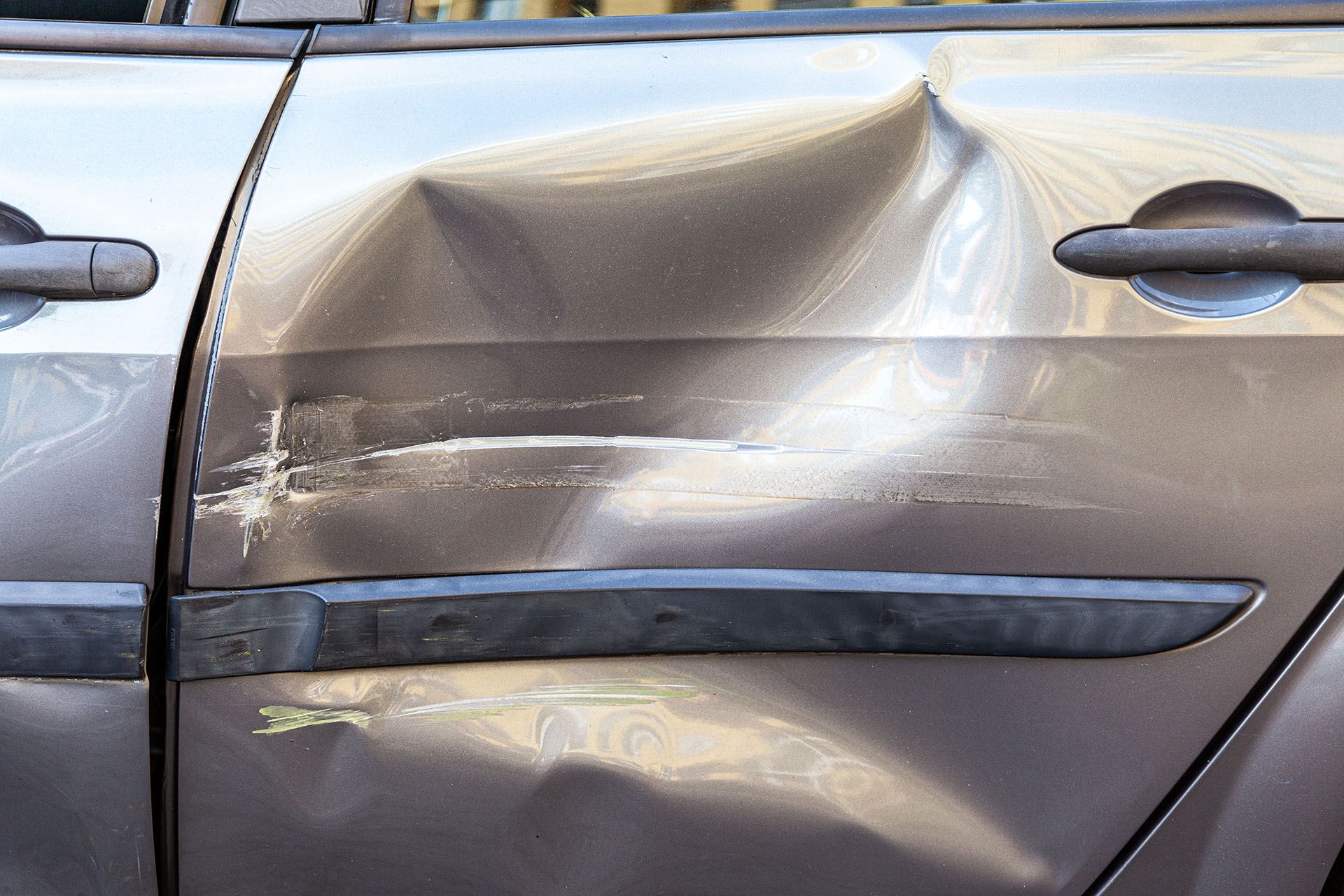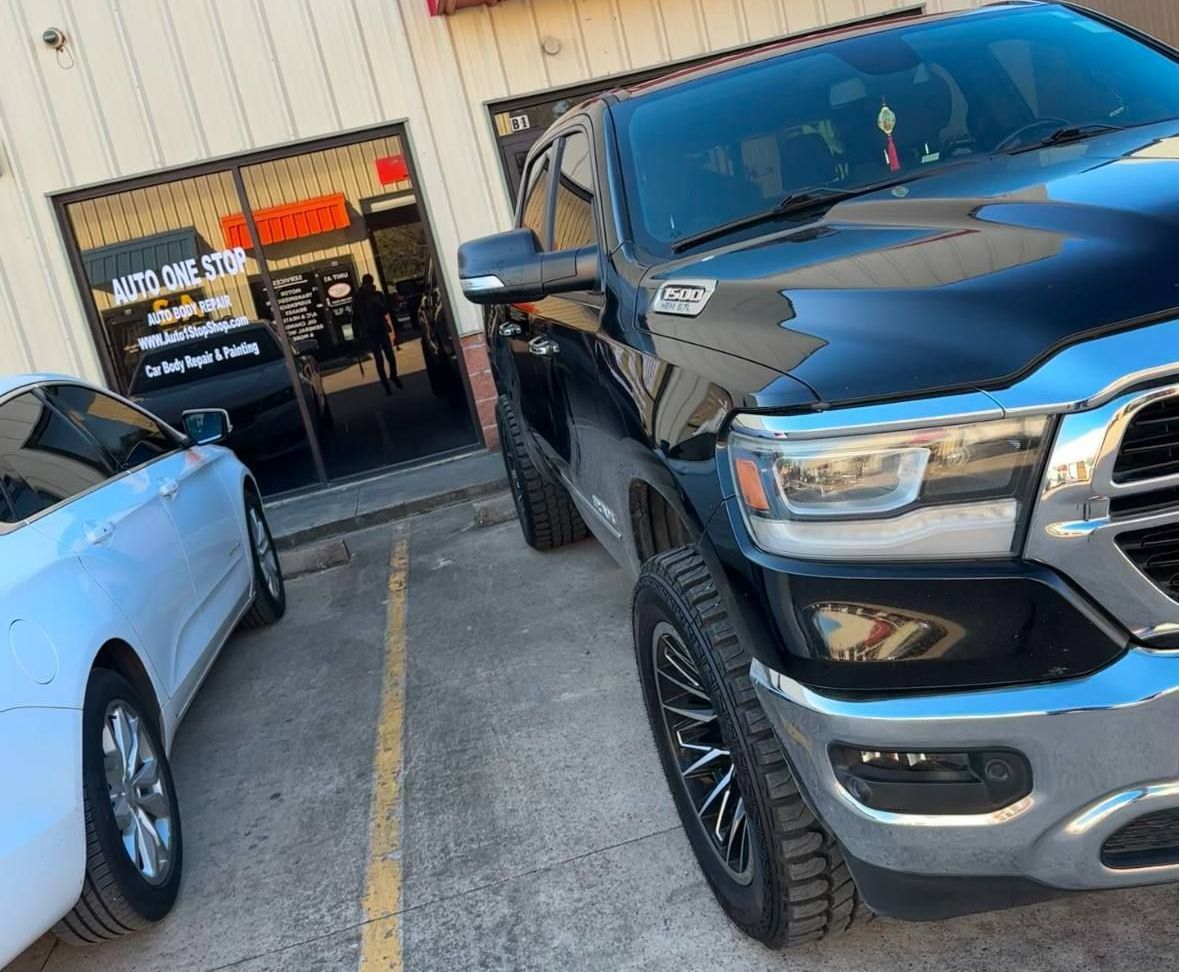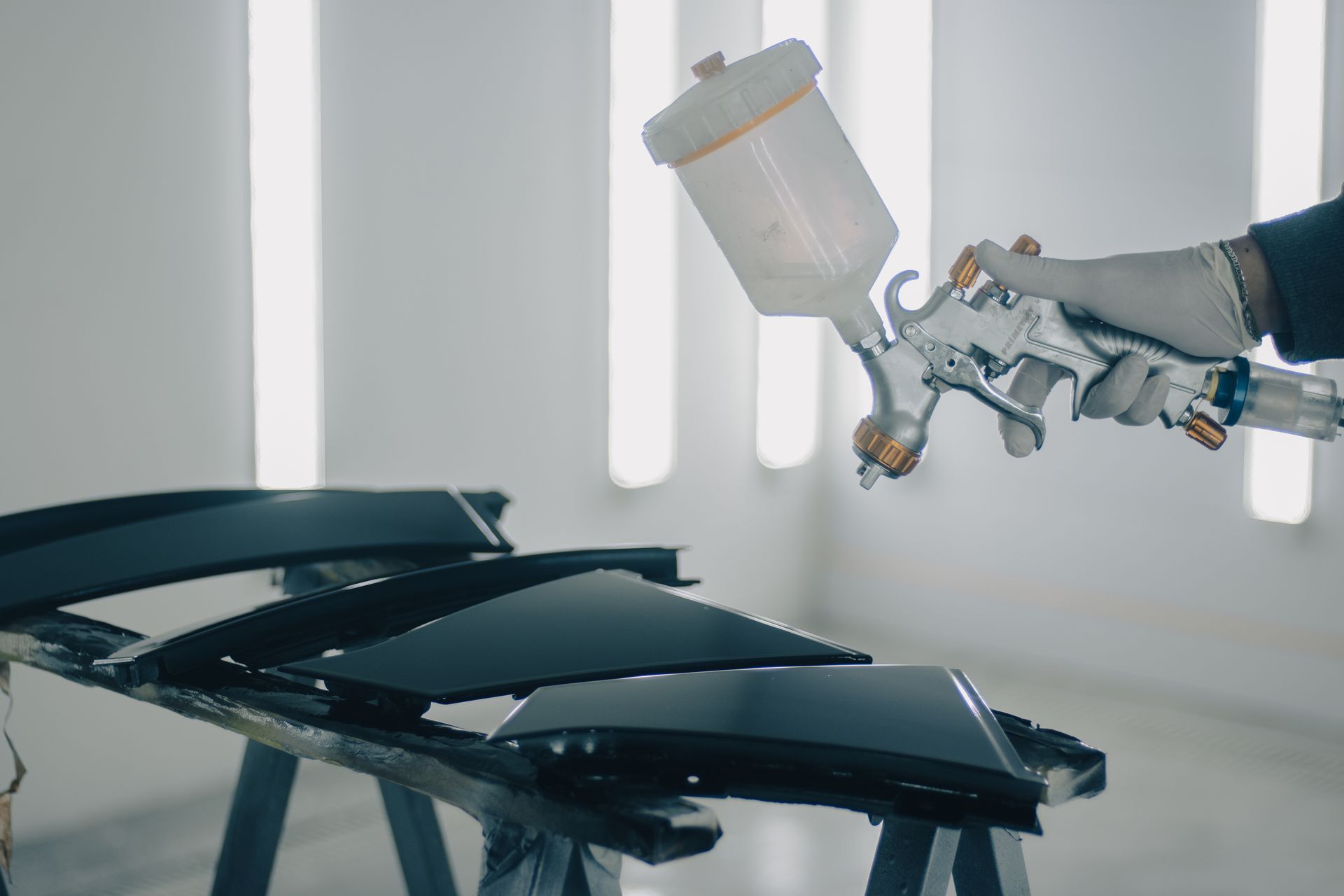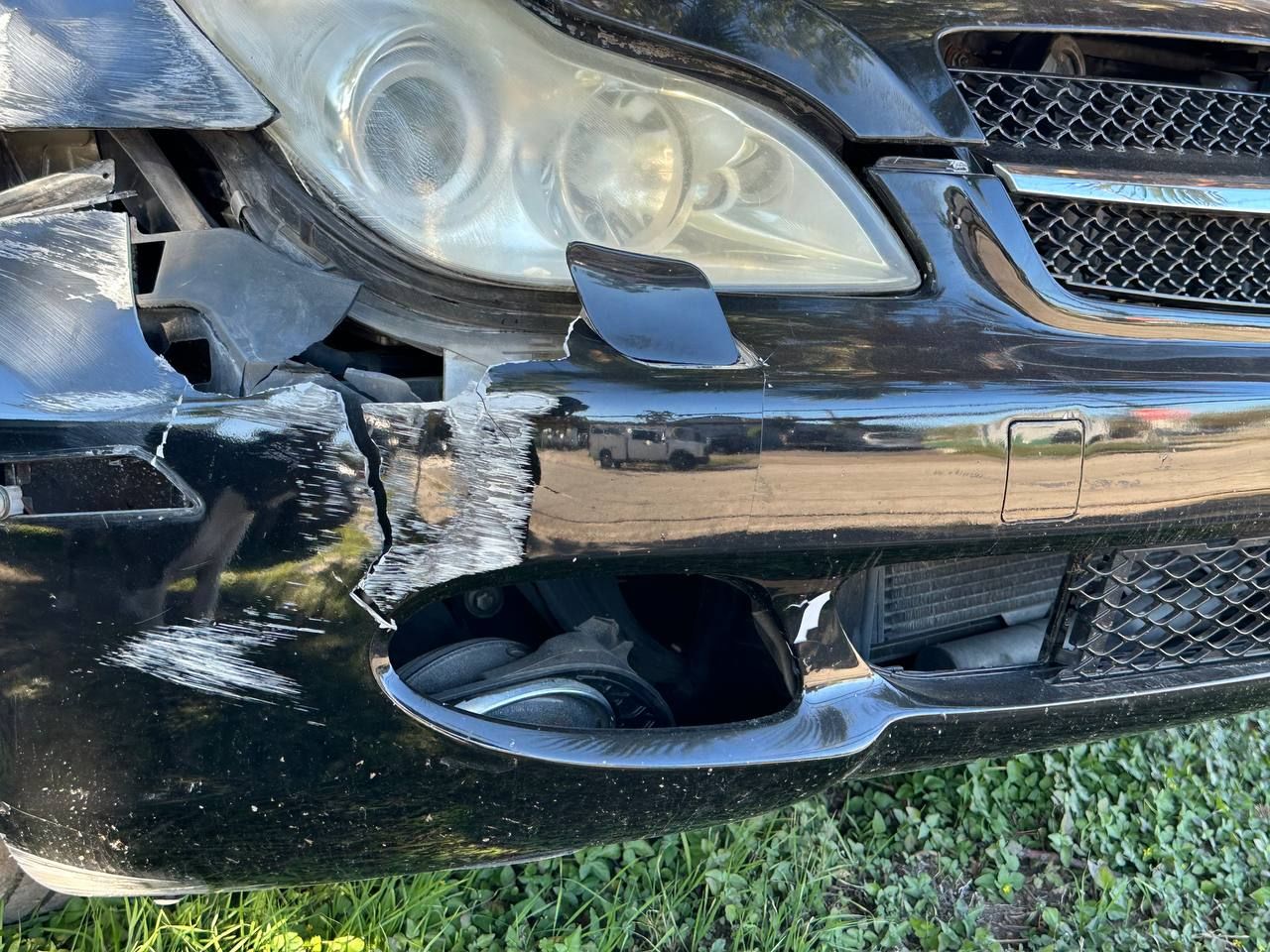Auto Body Repair Explained: What Really Happens Inside a Car Body Shop
Complete Guide to Auto Body Repair: OEM vs Aftermarket Parts & What Really Happens at a Body Shop
If you’ve recently been in an accident or are simply curious about how auto body repair works, you’re not alone. Many people drop off their cars at a car body shop without really knowing what happens behind the scenes. In this guide, we’ll break down the typical repair process, explain the difference between OEM and aftermarket parts, and help you understand how to make the best decisions for your vehicle.
What Is Auto Body Repair?
Auto body repair refers to fixing any damage to the exterior or frame of a vehicle after a collision. This includes dent repair, panel replacement, frame straightening, repainting, and more. A qualified auto body shop has the tools and trained technicians to restore your vehicle to pre-accident condition—both structurally and cosmetically.
Collision RepairProcess: Step by Step
Here’s what typically happens after you bring your car to a collision repair center:
1. Initial Inspection & Estimate
The body shop inspects your vehicle and provides an estimate based on visible damage. In some cases, hidden damage may be found later.
2. Disassembly
Damaged panels and components are removed to get a closer look at the full extent of the damage.
3. Insurance Approval (if applicable)
If you’re filing a claim, your insurance company reviews the estimate and approves the repair scope.
4. Frame & Structural Repair
If the frame or structure is bent, specialized equipment is used to return it to factory specifications.
5. Part Replacement or Repair
Damaged parts are either repaired or replaced. This is where the OEM vs aftermarket decision comes in (more on that below).
6. Painting & Refinishing
The repaired areas are prepped, painted, and clear-coated for a seamless finish.
7. Reassembly & Quality Check
All parts are reinstalled, and the vehicle goes through a final inspection before being returned to you.
OEM vs Aftermarket Parts : What’s the Difference?
When it comes to replacing damaged parts, you usually have two options:
OEM Parts (Original Equipment Manufacturer)
• Made by the vehicle’s original manufacturer
• Fit perfectly and maintain factory warranty
• Often more expensive
Aftermarket Parts
• Made by third-party manufacturers
• Usually cheaper, with a wider range of brands
• Quality can vary — some match OEM standards, others don’t
Which one should you choose?
If you’re paying out of pocket and looking to save, aftermarket parts can be a solid choice—but only if your auto body shop sources high-quality brands. For insurance claims or newer cars, many people prefer OEM parts for guaranteed fit and finish.
Tips for Choosing the Right Auto Body Shop
• Look for certifications (like I-CAR or ASE)
• Read reviews and ask for before-and-after photos
• Make sure they work with your insurance
• Ask whether they offer a warranty on repairs
Final Thoughts
Whether you’re dealing with a minor dent or major collision repair, knowing what happens at a car body shop helps you make smarter choices. From part selection to paint matching, each step plays a role in getting your car back on the road safely and beautifully.
At our auto body shop, we work with all major insurance providers and also help out-of-pocket customers with affordable options. Got questions? Call us or stop by—your peace of mind is our priority.
